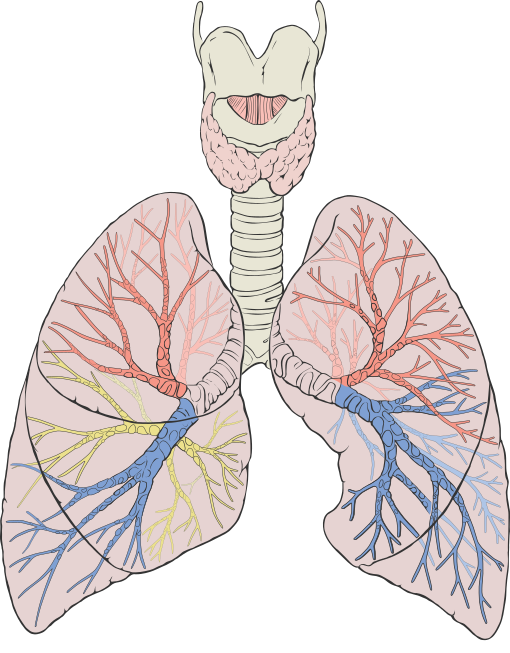 Hundreds of species of bacteria, unicellular protists and deep-sea worms evolved to exist without oxygen. Most multicellular metazoa however, with rare exception, require oxygen.
Hundreds of species of bacteria, unicellular protists and deep-sea worms evolved to exist without oxygen. Most multicellular metazoa however, with rare exception, require oxygen."Oxygen flooded into the atmosphere as a pollutant, even a poison, until natural selection shaped living things to thrive on the stuff and, indeed, suffocate without it." ― Richard DawkinsOxygen is produced as a byproduct of photosynthesis. Microbes in the oceans produce half of Earth's atmospheric oxygen. Macro algae, like kelp, and land plants provide the remainder.
"...the life of the planet began the long, slow process of modulating and regulating the physical conditions of the planet. The oxygen in today's atmosphere is almost entirely the result of photosynthetic living, which had its start with the appearance of blue-green algae among the microorganisms." ― Lewis Thomas
 |
| View of the crescent moon through the top of the Earth's atmosphere by NASA Earth Observatory |
About 20 percent of the atmosphere consists of free molecular oxygen O2 not bound to another element like atmospheric gases carbon dioxide and sulfur dioxide. Much of Earth's total oxygen is sequestered in oxides in rocks buried deep in Earth's interior.
How did Earth's initially oxygen-free atmosphere change to its oxygen-rich state?
Geological, isotopic, and chemical evidence suggest a Great Oxidation Event occurred about 2.3 billion years ago, although the actual causes remain contested and inconclusive.
A multidisciplinary team of researchers recently published findings that suggest the rise of atmospheric oxygen that occurred during the Great Oxidation Event, then again roughly 2 billion years later during deep-ocean oxygenation that coincided with the rise of animal life, resulted from the growth of continents in the presence of carbon life forms.
In Two-step rise of atmospheric oxygen linked to the growth of continents, the authors propose that the initiation of plate tectonics lead to a change in the composition of Earth's crust that, in turn, decreased the oxidative efficiency of Earth's surface, thus allowing molecular oxygen from photosynthesis to accumulate in the atmosphere:
In the first stage, the change in composition of Earth's crust from iron- and magnesium-rich mafic rocks to feldspar- and quartz-rich felsic rocks could have caused a decrease in the oxidative efficiency of the Earth's surface, allowing atmospheric O2 to rise. Over the next billion years, as carbon steadily accumulated on the continents, metamorphic and magmatic reactions within this growing continental carbon reservoir facilitated a gradual increase in the total long-term input of CO2 to the ocean–atmosphere system. Given that O2 is produced during organic carbon burial, the increased CO2 input may have triggered a second rise in O2. A two-step rise in atmospheric O2 may therefore be a natural consequence of plate tectonics, continent formation and the growth of a crustal carbon reservoir.
―Two-step rise of atmospheric oxygen linked to the growth of continents
REFERENCES
- Atmospheric Oxygen, GrokEarth, 16 June 2012.
- Late Night Thoughts on Listening to Mahler's Ninth Symphony, Lewis Thomas, Penguin Books, 1995.
- New answer to why Earth's atmosphere became oxygenated, Science Daily, 16 May 2016.
- Two-step rise of atmospheric oxygen linked to the growth of continents, Cin-Ty A. Lee, Laurence Y. Yeung, N. Ryan McKenzie, Yusuke Yokoyama, Kazumi Ozaki & Adrian Lenardic, Nature Geoscience, 16 May 2016.
- The first metazoa living in permanently anoxic conditions, Roberto Danovaro, Antonio Dell'Anno, Antonio Pusceddu, Cristina Gambi, Iben Heiner and Reinhardt Møbjerg Kristensen, BMC Biology,6 April 2010.
- The Greatest Show on Earth: The Evidence for Evolution, Richard Dawkins, Bantam Press, 2009.


